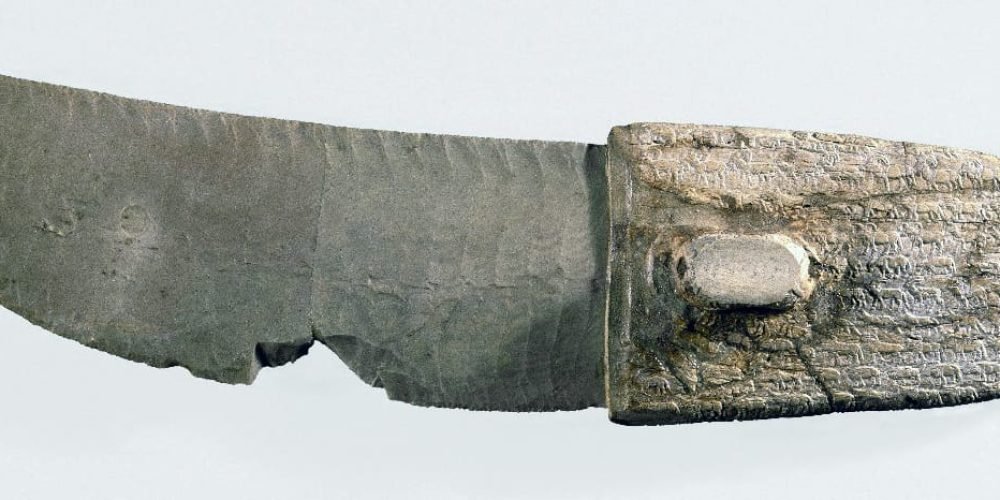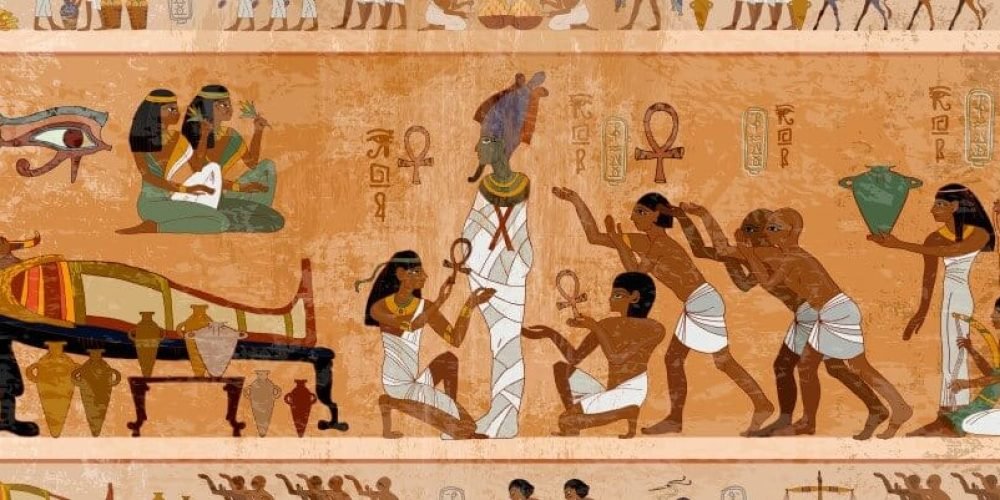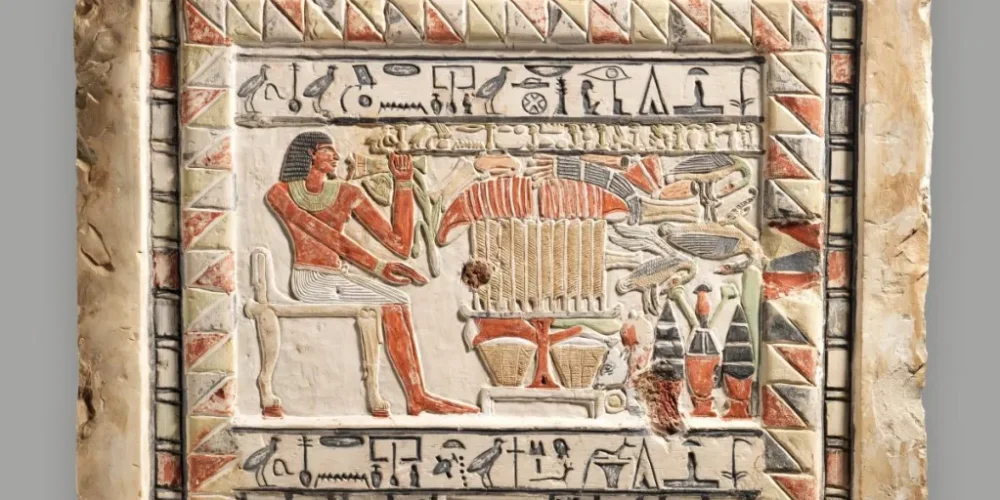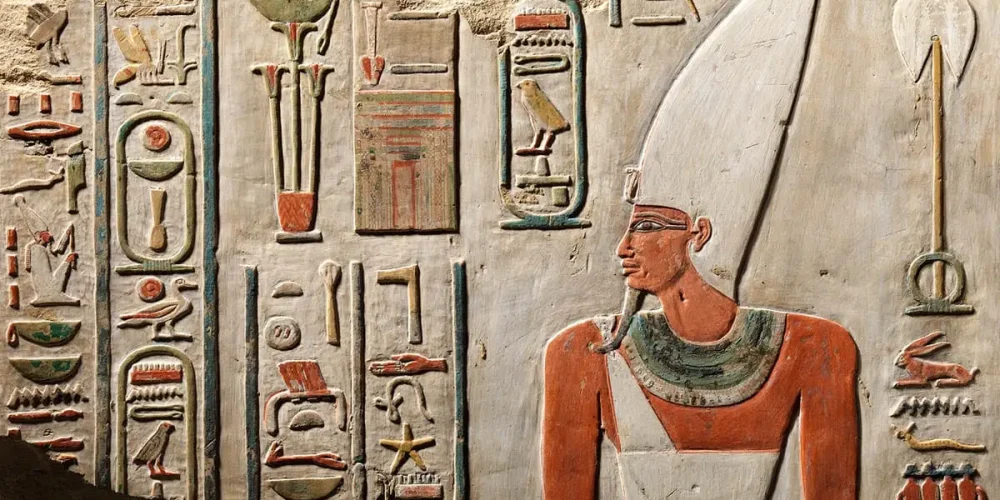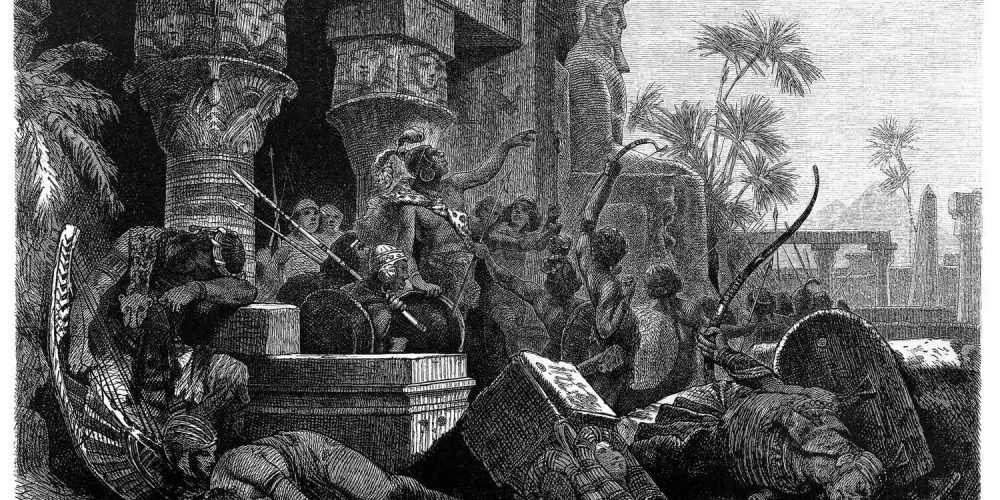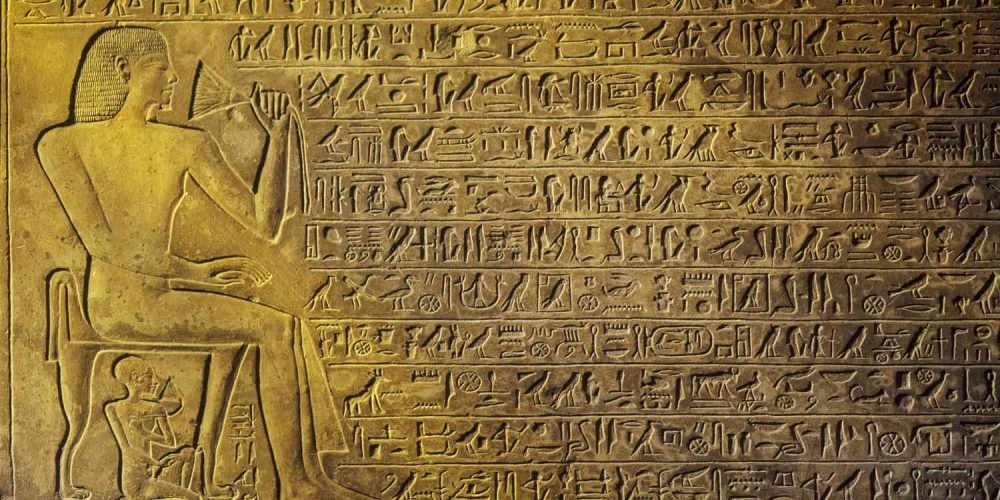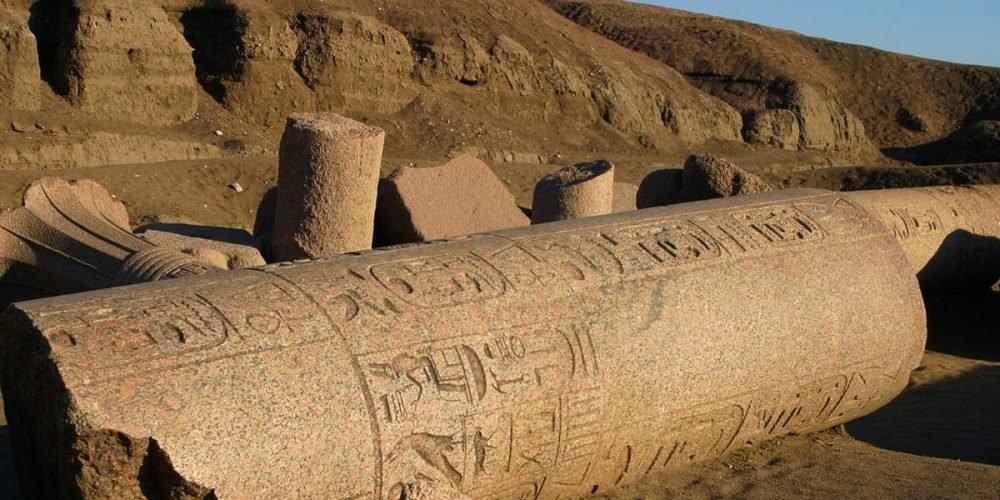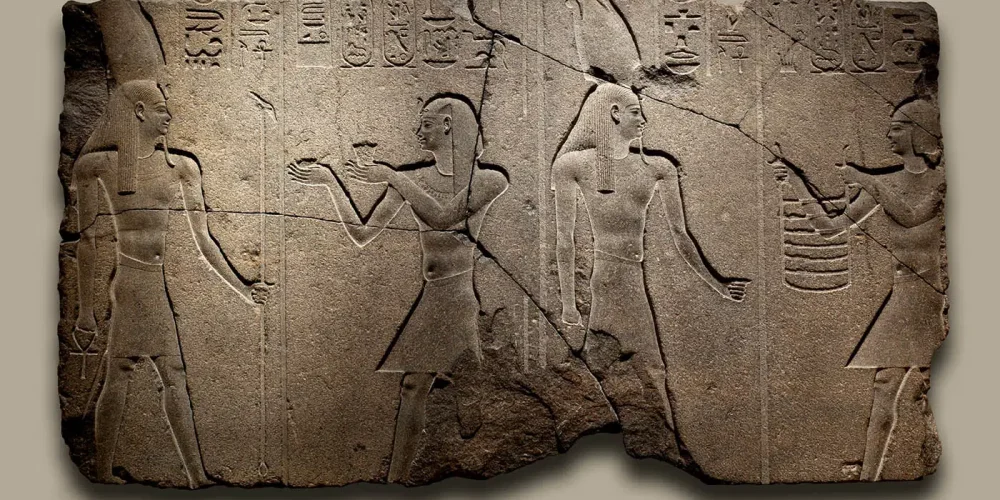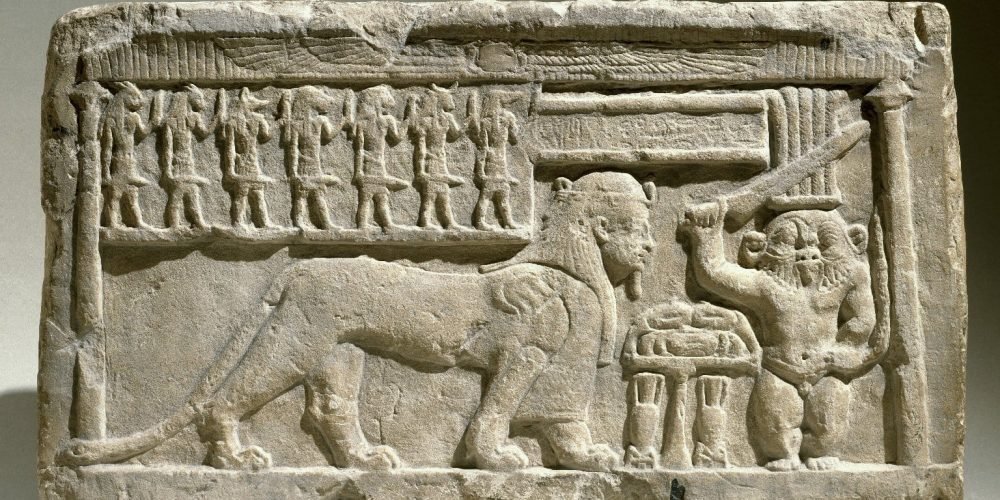Ancient Egypt, one of the world’s earliest and most influential civilizations, spanned over 3,000 years and profoundly shaped the course of human history. Situated along the fertile banks of the Nile River, Egypt’s strategic location allowed it to develop a unique culture that fused innovation, religion, art, and governance. From the construction of the awe-inspiring pyramids to the development of a sophisticated system of writing and architecture, Egypt’s achievements have captivated the world for millennia. Spanning several distinct periods of prosperity, decline, and foreign influence, Ancient Egypt’s history is a rich tapestry of power struggles, cultural advancements, and deep religious beliefs. Its legacy continues to impact modern society, from the study of ancient sciences to the global fascination with its monuments and mysteries. This exploration will take you through the key eras of Ancient Egypt, from its early unification under the first pharaohs to its eventual absorption into the Roman Empire.
- Egypt Tour Magic
- Egypt Tour Packages
- Excursions in Egypt
- Cairo Tours and Excursions
- Hurghada Tours and Excursions
- Soma Bay Tours and Excursions
- Makadi Bay Tours and Excursions
- Sahl Hasheesh Tours and Excursions
- El Gouna Tours and Excursions
- Marsa Alam Tours and Excursions
- Port Ghalib Tours and Excursions
- El Quseir Tours and Excursions
- Dendera and Abydos Day Tours
- Aswan Tours and Excursions
- Luxor Tours and Excursions
- Alexandria Tours and Excursions
- Sharm El Sheikh Tours and Excursions
- Top Rated Tours in 2025
- Optional Excursions in Egypt
- Private Transfer
- Blogs About egypt
- Ancient Egypt
- What You Need To know Before Your First Trip To Egypt
- Best Places to Visit in Egypt 2025
- Top Attractions in Red Sea Resorts 2025
- Top 10 Tourist Activities in Egypt
- Top 30 Activities You Can’t Miss in Egypt
- The Guide to Guided Tours in Egypt
- Egypt’s Ancient and Modern History
- The Nile River
- The Deserts of Egypt
- Historical Sites in Egypt
- Cairo
- Alexandria
- Luxor
- Aswan
- The Red Sea
- Dendera Temple
- El Fayoum Oasis
- Bahariya Oasis
- Siwa Oasis
- Al Alamein
- Marsa Matruh
- Ancient Egyptian gods
- famous Egyptian dishes
- UNESCO World Heritage sites
- About Us
- Why Egypt Tour Magic
- Egypt Tour Magic
- Egypt Tour Packages
- Excursions in Egypt
- Cairo Tours and Excursions
- Hurghada Tours and Excursions
- Soma Bay Tours and Excursions
- Makadi Bay Tours and Excursions
- Sahl Hasheesh Tours and Excursions
- El Gouna Tours and Excursions
- Marsa Alam Tours and Excursions
- Port Ghalib Tours and Excursions
- El Quseir Tours and Excursions
- Dendera and Abydos Day Tours
- Aswan Tours and Excursions
- Luxor Tours and Excursions
- Alexandria Tours and Excursions
- Sharm El Sheikh Tours and Excursions
- Top Rated Tours in 2025
- Optional Excursions in Egypt
- Private Transfer
- Blogs About egypt
- Ancient Egypt
- What You Need To know Before Your First Trip To Egypt
- Best Places to Visit in Egypt 2025
- Top Attractions in Red Sea Resorts 2025
- Top 10 Tourist Activities in Egypt
- Top 30 Activities You Can’t Miss in Egypt
- The Guide to Guided Tours in Egypt
- Egypt’s Ancient and Modern History
- The Nile River
- The Deserts of Egypt
- Historical Sites in Egypt
- Cairo
- Alexandria
- Luxor
- Aswan
- The Red Sea
- Dendera Temple
- El Fayoum Oasis
- Bahariya Oasis
- Siwa Oasis
- Al Alamein
- Marsa Matruh
- Ancient Egyptian gods
- famous Egyptian dishes
- UNESCO World Heritage sites
- About Us
- Why Egypt Tour Magic
Ancient Egypt History
1. Predynastic and Early Dynastic Periods (c. 5000 – 2686 BCE)
The Predynastic period of Ancient Egypt, which lasted from around 5000 BCE to 3100 BCE, was marked by the gradual development of the early cultures of the Nile Valley. During this time, small agricultural communities began to form along the fertile banks of the Nile, practicing farming and early forms of pottery. Early Egyptians developed tools made of flint, copper, and stone. Social structures began to take shape, and regional leaders or chieftains gained power. The Unification of Upper and Lower Egypt around 3100 BCE by King Narmer (also known as Menes) is considered a pivotal moment in Egyptian history, marking the start of the Early Dynastic Period. This unification laid the groundwork for the dynastic rule of Pharaohs. During this period, the development of the first hieroglyphic writing system and the establishment of religious beliefs centered around gods like Horus and Ra began.
2. Old Kingdom (c. 2686 – 2181 BCE)
The Old Kingdom period, sometimes referred to as the “Age of the Pyramids,” was the third era of ancient Egyptian civilization. It was characterized by the consolidation of centralized power under the pharaohs, who were considered divine rulers. The construction of the Great Pyramids of Giza, including the Pyramid of Khufu (Cheops), Khafre, and Menkaure, is one of the most famous achievements of this period. These monumental structures were built as tombs for the pharaohs and were part of the Egyptians’ elaborate belief in the afterlife. The Old Kingdom also saw the development of a complex bureaucracy and a thriving economy. However, toward the end of the Old Kingdom (c. 2200 BCE), internal strife, famines, and the increasing power of regional governors weakened central authority. This led to the First Intermediate Period, a time of fragmentation and political instability.
3. First Intermediate Period (c. 2181 – 2055 BCE)
The First Intermediate Period was a time of political fragmentation and social upheaval following the collapse of the Old Kingdom. Egypt was no longer unified under one central ruler but divided into rival factions ruled by local nomarchs (provincial governors) who fought for power. This period was marked by economic decline and regionalism, as Upper and Lower Egypt were ruled by different dynasties. Despite the chaos, the period is noted for the emergence of powerful regional cultures, as seen in the development of the Heracleopolitan and Theban Dynasties. While Egypt faced challenges, the period also saw continued advances in art, literature, and religion, with the development of wisdom literature and the codification of funerary texts that would later influence tomb inscriptions and religious thought.
4. Middle Kingdom (c. 2055 – 1650 BCE)
The Middle Kingdom marked a return to political unity and prosperity in Egypt, as Pharaoh Mentuhotep II of the 11th Dynasty reunified the country after the First Intermediate Period. During this period, Egypt’s power was consolidated, and the kingdom expanded its reach through military conquests in Nubia and the Levant. The pharaohs of the Middle Kingdom also pursued ambitious building projects, including temples, irrigation works, and fortresses to protect Egypt’s borders. The Middle Kingdom is noted for its flourishing literature, including the famous Instructions of Amenemhat and the Story of Sinuhe. The period also saw an emphasis on justice and the role of the pharaoh as a protector of the people. However, the Middle Kingdom eventually ended with the invasion of the Hyksos, a group of Semitic-speaking peoples who took control of northern Egypt and introduced new technologies, such as the horse-drawn chariot.
5. Second Intermediate Period (c. 1650 – 1550 BCE)
The Second Intermediate Period was marked by the Hyksos invasion, which significantly altered Egypt’s political landscape. The Hyksos, who originated from the Levant or Canaan, introduced new military technologies to Egypt, including the chariot and bronze weapons. During this time, the Hyksos ruled much of Lower Egypt, establishing their capital at Avaris. The Egyptian rulers in the south (mainly the Theban Dynasty) struggled to reclaim power. Eventually, under Ahmose I, the Egyptians successfully expelled the Hyksos, marking the end of the Second Intermediate Period and paving the way for the rise of the New Kingdom. The period, despite the foreign rule, also contributed to the assimilation of new technologies and cultural exchanges that would influence later Egyptian civilization.
6. New Kingdom (c. 1550 – 1070 BCE)
The New Kingdom is often regarded as the height of Ancient Egypt’s power and glory. This period saw Egypt expand its borders to their greatest extent, with pharaohs like Thutmose III conducting military campaigns as far as modern-day Syria and Nubia. The most famous rulers of this period include Hatshepsut, one of the few female pharaohs, who is renowned for her successful reign and monumental building projects, and Ramses II (Ramses the Great), who led military expeditions and signed the first known peace treaty with the Hittites. Akhenaten, another significant pharaoh, introduced the worship of Aten, the sun disk, and attempted to shift Egypt from traditional polytheism to monotheism. Tutankhamun, a boy king, succeeded Akhenaten but returned to traditional beliefs. The New Kingdom saw the construction of grand temples, such as those at Karnak and Luxor, and Egypt became a dominant force in the Mediterranean world. However, the period gradually declined after the death of Ramses II, weakened by internal struggles and invasions by the Sea Peoples.
7. Third Intermediate Period (c. 1070 – 664 BCE)
The Third Intermediate Period was marked by political fragmentation and the decline of Egypt’s centralized authority. Following the collapse of the New Kingdom, Egypt was ruled by a series of foreign invaders and regional kings. The Libyan Dynasties, the Nubians, and the Assyrians all exercised control over parts of Egypt during this time. The decline in central power led to a breakdown in the effectiveness of the Egyptian administration, and the country became vulnerable to external threats. Despite the political instability, Egypt saw the revival of some cultural achievements and religious practices. The 21st Dynasty, with rulers like Sheshonq I, was able to restore some order, but Egypt’s political and military influence was in sharp decline.
8. Late Period (c. 664 – 332 BCE)
The Late Period saw Egypt come under the rule of various foreign powers, including the Persians and later the Greeks. In the 26th Dynasty, Pharaohs like Psamtik I managed to revive Egypt’s independence and reassert Egyptian culture and religious practices. However, Egypt’s power was increasingly diminished, and in 525 BCE, it was conquered by the Persian Empire under Cambyses II, becoming a satrapy (province) within the Persian realm. The Persians were eventually overthrown by native Egyptian forces, but in 332 BCE, Alexander the Great arrived and conquered Egypt, marking the beginning of the Hellenistic Period and the start of Greek rule under the Ptolemaic Dynasty.
9. Ptolemaic Period (332 – 30 BCE)
The Ptolemaic Period followed Alexander’s conquest, and his general Ptolemy I established the Ptolemaic Dynasty in 305 BCE. The Ptolemies ruled Egypt for nearly three centuries, blending Greek and Egyptian culture. One of the most famous figures of this period was Cleopatra VII, who became the last active ruler of the Ptolemaic Kingdom. She is renowned for her political acumen and her alliances with Julius Caesar and Mark Antony. Cleopatra’s reign marked the last phase of Egyptian independence before it was absorbed into the Roman Empire in 30 BCE after her defeat by Octavian (later known as Augustus).


